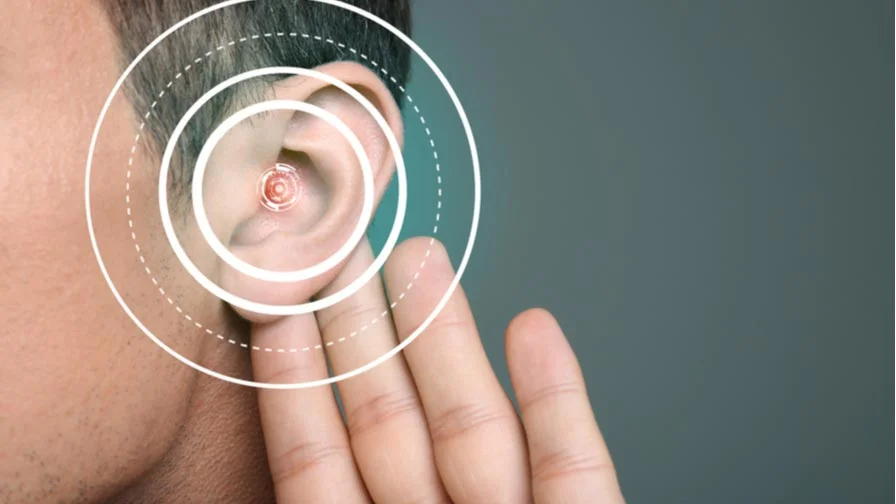What is Perforated Eardrum?
The hearing mechanism depends on three sections: the outer ear, middle ear, & inner ear. All the sections have unique functions and even a small problem in the mechanism can render us ill or inflict a lot of pain. A lot of exposure to loud noises or an injury may result in eardrum damage. Eardrum damage may hinder your capability to hear and if left untreated, a patient can go deaf. Although, perforation in the ear doesn’t cause a lot of complications but make eardrum susceptible to a variety of infections. The surgical procedure to treat hearing impairment or eardrum is recommended if home care treatments and OTC medications don’t work. Most ear infections do not require medical intervention and resolve on their own within a few days. Experts recommend a wait of 48 hours before prescribing antibiotics in case of an acute ear infection. A follow-up visit needs to be in check as sometimes even small cases turn severe and require immediate medical intervention.

Fast Facts on Perforated Eardrum
What Causes Perforated Eardrum
What are the Top Symptoms
Prevention
Diagnosis
Treatment of Perforated Eardrum in Ayurveda
Bael (Aegle Marmelos)
The root of the bael tree is used to treat a lot of ear problems. A root is dipped in neem oil and lighted. The extract dripping from the root is used to put into the ear. This helps provide relief in earaches and infections.Bishop’s Weed (Trachyspermum Ammi)
Bishop’s weed is one of the most effective treatments of ear problems. A patient can use a teaspoonful quantity and heat it in 30 milliliters of milk. The juice of the weed is allowed to permeate into the milk and used as ear drops to cure the ear problems
Holy Basil (Ocimum sanctum)
The holy basil or tulsi is also beneficial for ear problems. The juice of tulsi extracted from its leaves can be used as ear drops.
Treatment of Perforated Eardrum in Homeopathy
Treatment of Perforated Eardrum in Allopathy
Surgical Treatment of Perforated Eardrum
Diet After Tympanoplasty
Surgical Treatment of Perforated Eardrum
Our Clinical Footprint
30000+
Happy Patients
10000+
Surgeries
100+
Doctors
70+
Clinics
20+
Cities
200+
Hospitals
Our Clinical Footprint
30000+
Happy Patients
10000+
Surgeries
100+
Doctors
70+
Clinics
20+
Cities
200+
Hospitals
